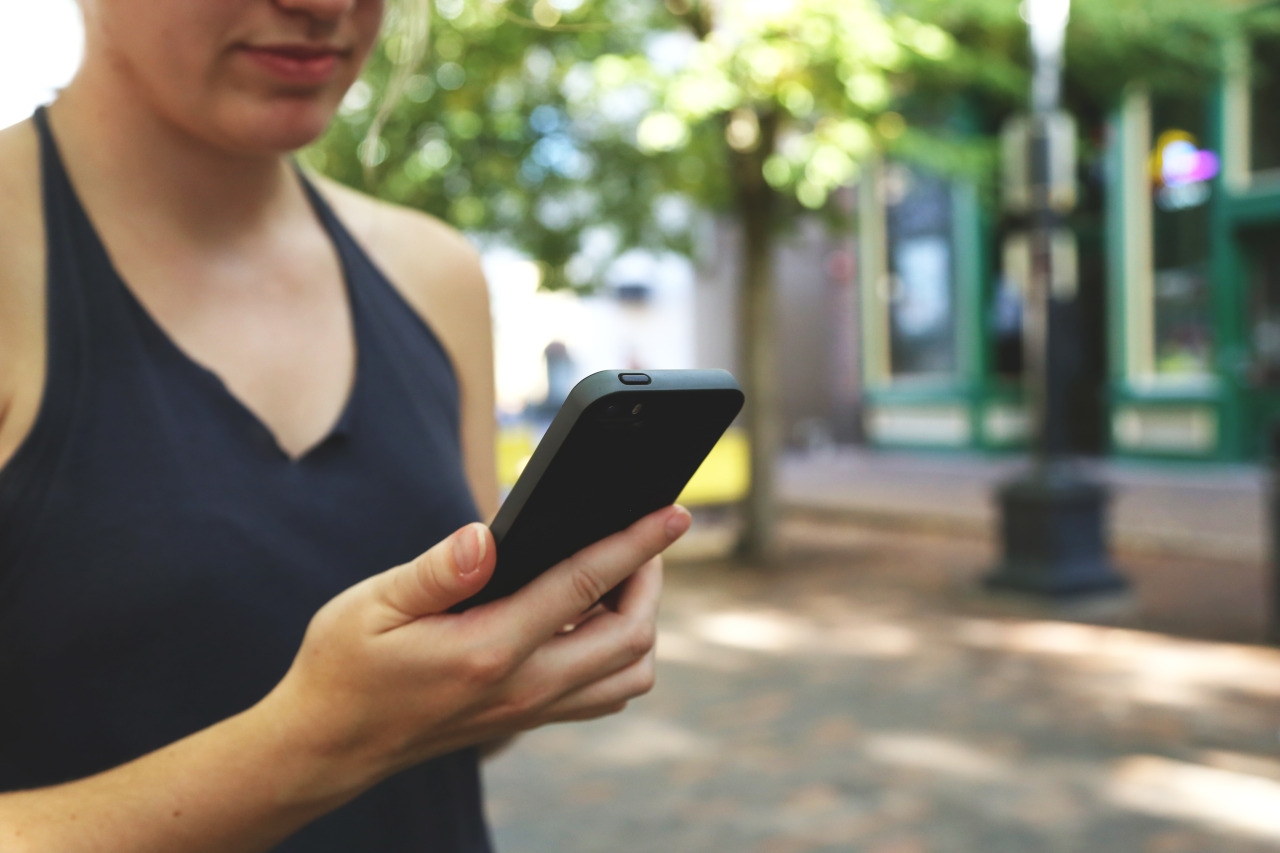How to Segment App Users with Push Notifications

When you tap on a notification you’re showing real interest

When talking about mobile marketing, the idea of using location and activity data to discover your audience and build a relationship is a no-brainer. Of course, if you know who your customers are, their preferences and behaviors, you can make sure every experience they have with your brand is tailored to their needs. Good segmentation makes your interactions relevant and that’s how brands create moments of delight; loyal brand advocates.
That sounds great, right? But how many of us can honestly say they have this level of segmentation working for them? Much is said about the incredible benefits of one-to-one brand to consumer relationships but very little about how to achieve such thing. That’s because doing so is, even in today’s world, extremely difficult.
The consequences of tapping into this without accurate segmentation are serious. That’s why we hear so much about today’s technologies being seen as intrusive, annoying. The technologies are great and powerful but its effectiveness comes down to the right segmentation strategy.
Every push is an opportunity
There needs to be a change in mindset to understand that every customer interaction is an opportunity to learn something new about your audience. In fact, you can often learn more than one trait from a single user interaction.

Say you’re a retailer who sends out a push notification with a voucher for a discount on running shoes. It’s fair to say anyone who opens the notification is interested in running, being active and living a healthy lifestyle. If they go as far as clicking the offer, you can assume they’re also currently in the market for new running shoes and particularly interested in that specific brand. That’s about 5 different traits you can infer from one single user interaction. Now, next time any other running gear (not only shoes) goes on sale, not only you know who to send it to but most importantly, who to suppress.
Inclusive VS exclusive traits
Inclusive traits are the positive, straight-forward ones. For example, if you tap on an offer for a discount on running shoes, you should be included in a list of those “interested in running”. Exclusive traits though, are just as valuable but unfortunately, often forgotten. They tell you what people are NOT interested in. This needs to be accounted for in any app engagement campaign strategy because unwanted, low value customer interactions will quickly push customers away.
A well segmented database doesn’t happen overnight. That’s why you need to be building it at EVERY USER INTERACTION. Which brings me to my next point.
Defining what information is worth capturing
Too much segmentation is no segmentation at all. Figuring out what information about your audience is most relevant to you is an important step in providing meaningful one-to-one customer interactions.
Back to the retailer example. If you only sell sporting goods, there’s no need to segment by whether or not customers are active and enjoy living a healthy lifestyle, that’s a given. It makes sense though to find out what sports they practice, what brands they prefer... You get the point. Segment for relevancy.
Opens VS Clicks
Tapping a notification is a much stronger signal of sales readiness than simply opening it. Much like raising a hand and asking for more details, when you tap on a notification you’re showing real interest and intent to buy. Be sure to differentiate those 2 actions in your segmentation strategy as they should be followed-up differently. Those tapping on a notification are much closer to conversion.
Geo-location
Proximity marketing technologies take app user segmentation to a whole new level.
Geofencing allows brands to track when app users enter a specific area or neighbourhood in a city and take action. iBeacons are even more precise. Think segmentation by how often a user enters a store or visits the cashier. For a department store, it could mean segmenting by departments visited. The possibilities are endless. Check out our new Red Cross case study to learn what their vision is for push notifications and geo-location helping in disaster situations.
Finally, having an app is not enough. Brands need to take advantage of being literally in their customers pockets to create valuable customer interactions. Push notification campaigns are a powerful way for brands to create app engagement but it needs to go hand-in-hand with a segmentation strategy so that these notifications become overtime more and more valuable rather than intrusive. That’s the key.
If you’d like to find out how easy it is to create mobile marketing campaigns and segmentation strategies much like the ones mentioned above, please don’t hesitate to sign up for a free trial of Notificare. Our team will be happy to assist you with any questions you might have along the way.
We help brands achieve good app user segmentation through our easy-to-use mobile marketing platform. Take the tour to learn more about our features.
